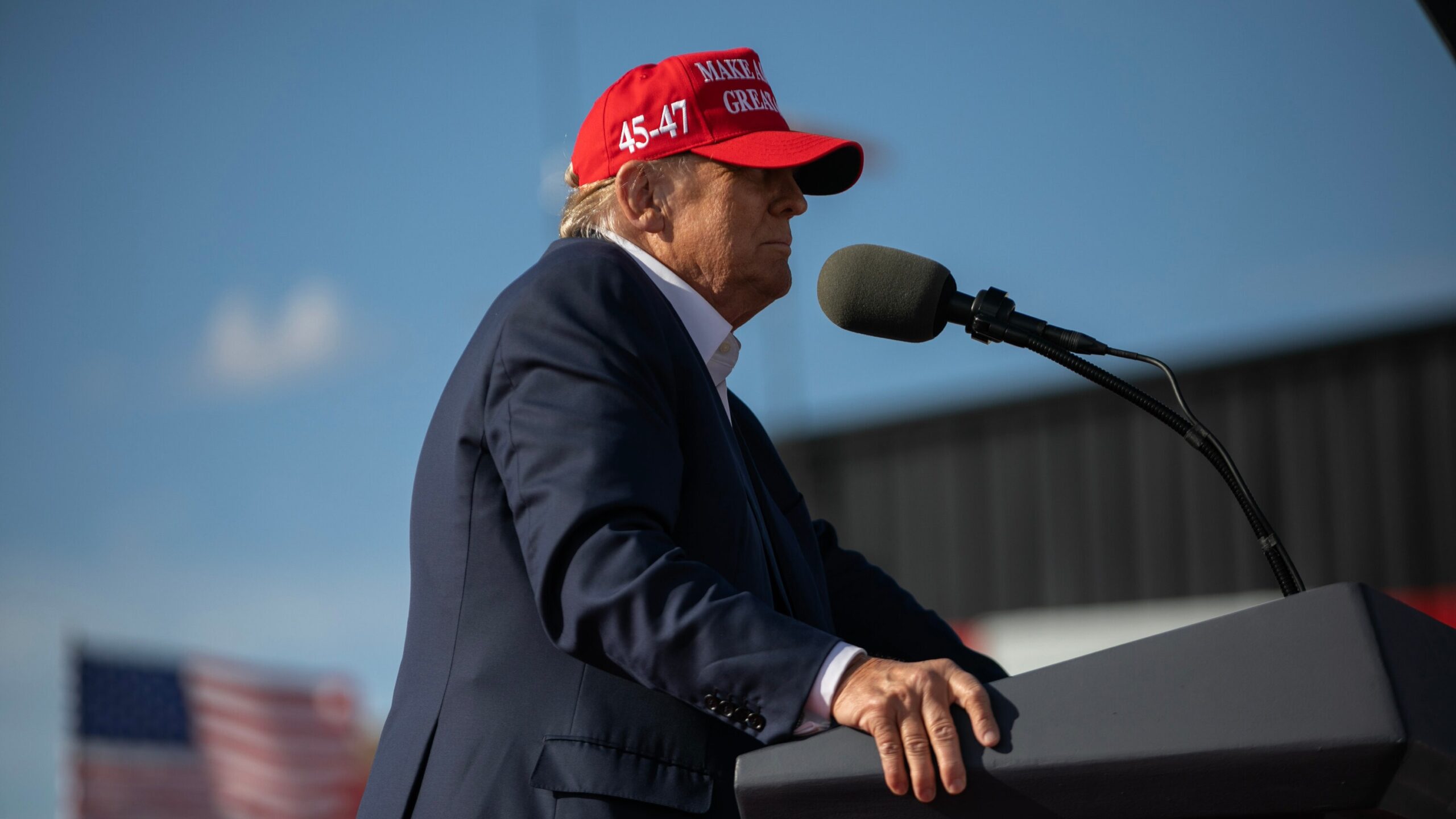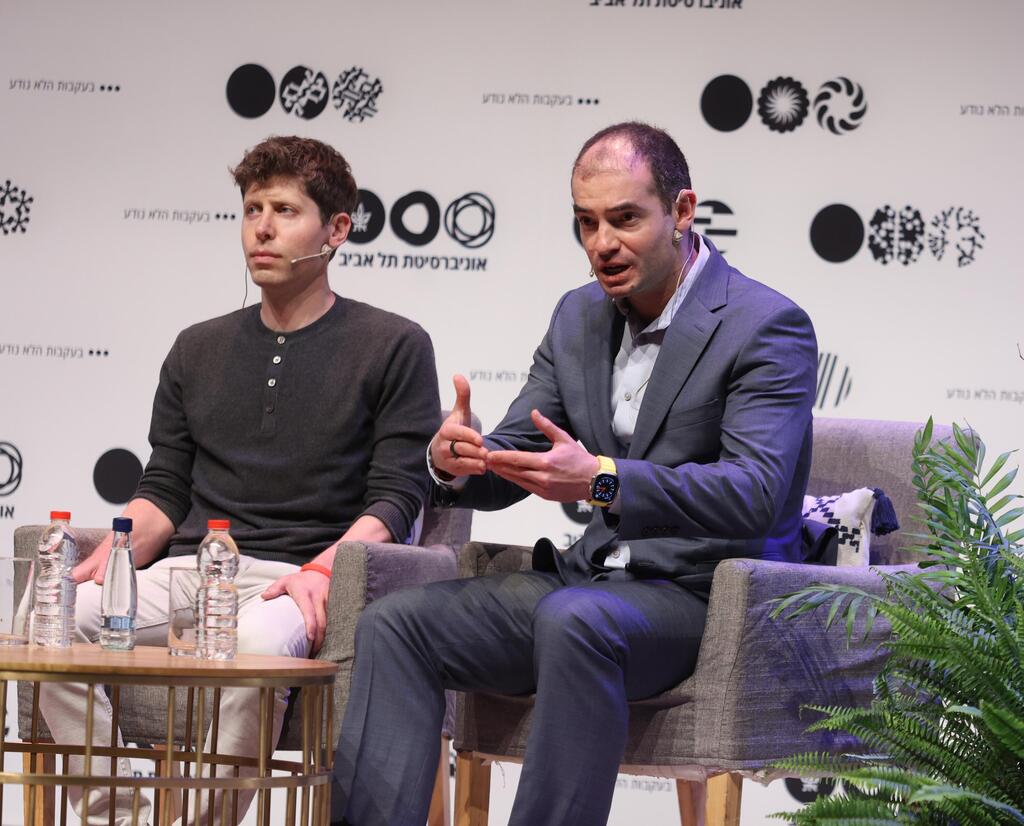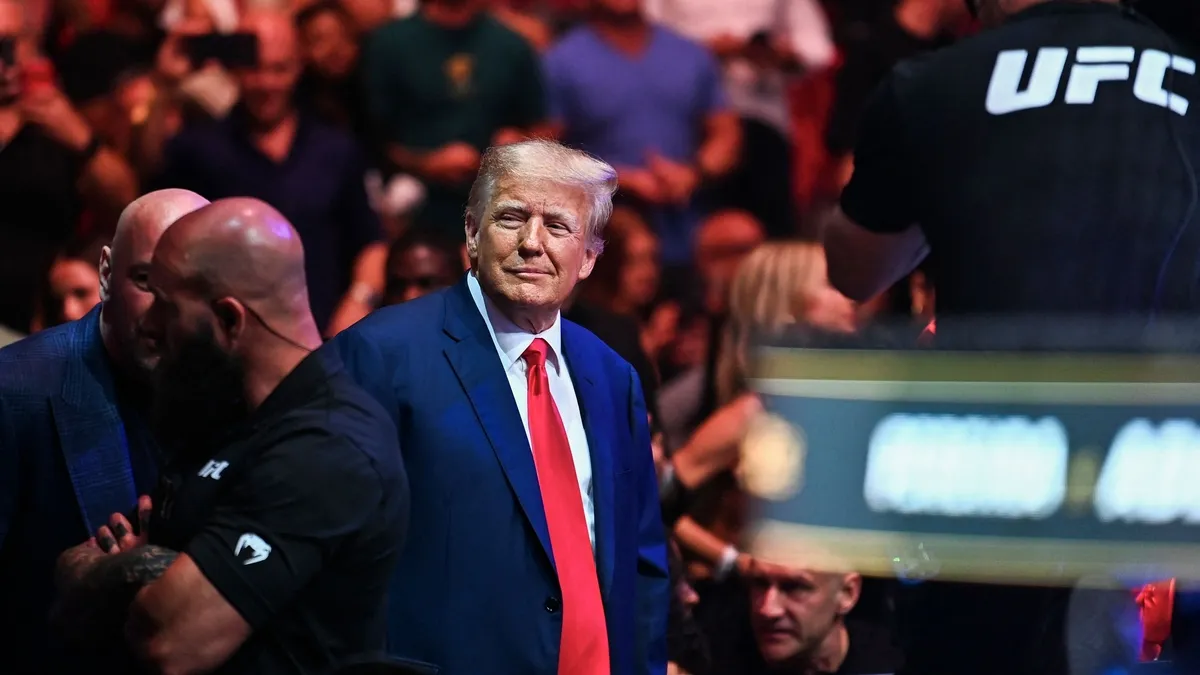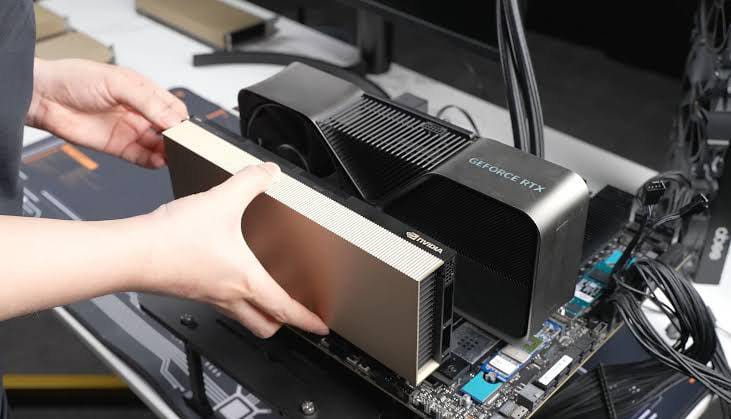Former President Donald Trump’s recent Ohio rally stirred controversy as he warned of a potential “bloodbath” in the automobile industry if President Joe Biden secured reelection. However, liberal media outlets and influencers quickly twisted his words, falsely portraying them as violent threats.
During the rally, Trump addressed concerns about Chinese automotive manufacturing plants in Mexico, cautioning against their impact on American jobs. “China now is building a couple of massive plants where they’re gonna build the cars in Mexico,” Trump stated, emphasizing the potential loss of American jobs. He continued by issuing a warning to President Xi Jinping: “If you’re listening, President Xi… we’re going to put a 100% tariff on every single car that comes across the line.”
In an out-of-context clip shared by the official Biden HQ campaign page, Trump’s reference to a “bloodbath” was misconstrued as a call for violence. The clip was further amplified by Politico, Mediaite, Independent, and various left-wing influencers, including Keith Olbermann, who outrageously labeled it as a “terrorist threat.”
Despite the clear context of Trump’s remarks focusing on economic repercussions rather than violence, the Biden campaign seized the opportunity to attack Trump, accusing him of “praising dictators” and “launching racist attacks.” This deliberate misinterpretation reflects a broader pattern of distortion aimed at discrediting political opponents.
While Politico admitted uncertainty about Trump’s intended meaning, the rush to condemn him without context highlights the dangerous polarization of political discourse. Rather than engaging in honest debate, opponents resort to sensationalism and misinformation to push their agenda.
Trump’s rally speech serves as yet another example of how selective editing and partisan agendas can distort public perception. In the age of digital media, it’s imperative to scrutinize information carefully and resist the temptation to jump to conclusions based on sensationalized headlines.




